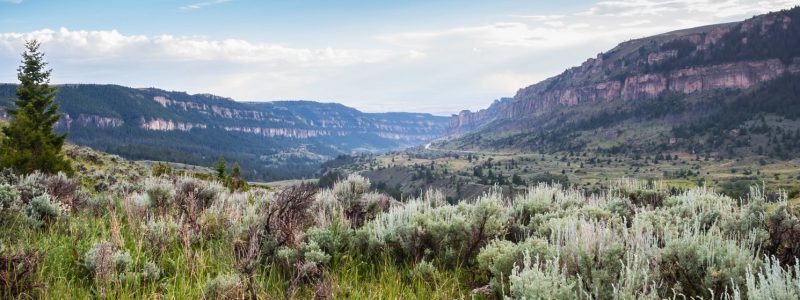Staff Favorites: Celebrating Summer on Wyoming’s Public Lands
Summer is here — and if you’re like us, the shift in seasons means it’s time for blissful days on the water, solitude in the high country, hikes through wildflower-blanketed meadows, and otherwise enjoying all that Wyoming’s public lands have to offer this time of year.
Fortunately, with public lands encompassing over half of Wyoming, you don’t have to look far to find your new favorite summertime spot. From way-out-there wilderness to easily accessible trails, crags, and waterways, the possibilities are endless. We asked our staff to share some of their favorite summer destinations across the state, to inspire you to get out there and celebrate Wyoming’s legacy of protected wildlands. Whether your adventures take you to old favorites or new ones, to the public lands in your backyard or further afield, happy summertime exploring!
EXPLORING THE WIND RIVER RANGE
Era Aranow, government affairs manager
Rugged cirques, rolling meadows, and stunning alpine lakes: the Winds have it all. (Including notorious mosquitoes … If you plan an early-season trip, come prepared!) For Era, choosing a single “favorite” destination does a disservice to this vast and diverse range — it’s the exploration that’s meaningful.
Fortunately, explorers have plenty of options to choose from. The range falls within two national forests (Bridger-Teton on the west side and Shoshone National Forest on the east) which encompass three wilderness areas. “It’s always a special feeling to pass that wooden sign and cross into the wilderness,” Era says.
In addition to the Bridger, Popo Agie, and Fitzpatrick Wildernesses, a part of the range’s eastern slope is protected by the Wind River Indian Reservation. In fact, the Eastern Shoshone and Northern Arapaho Tribes designated the Wind River Roadless Area to prohibit development on 188,000 acres of the Wind River Range in the late 1930s — nearly 30 years before the passage of the 1964 Wilderness Act.
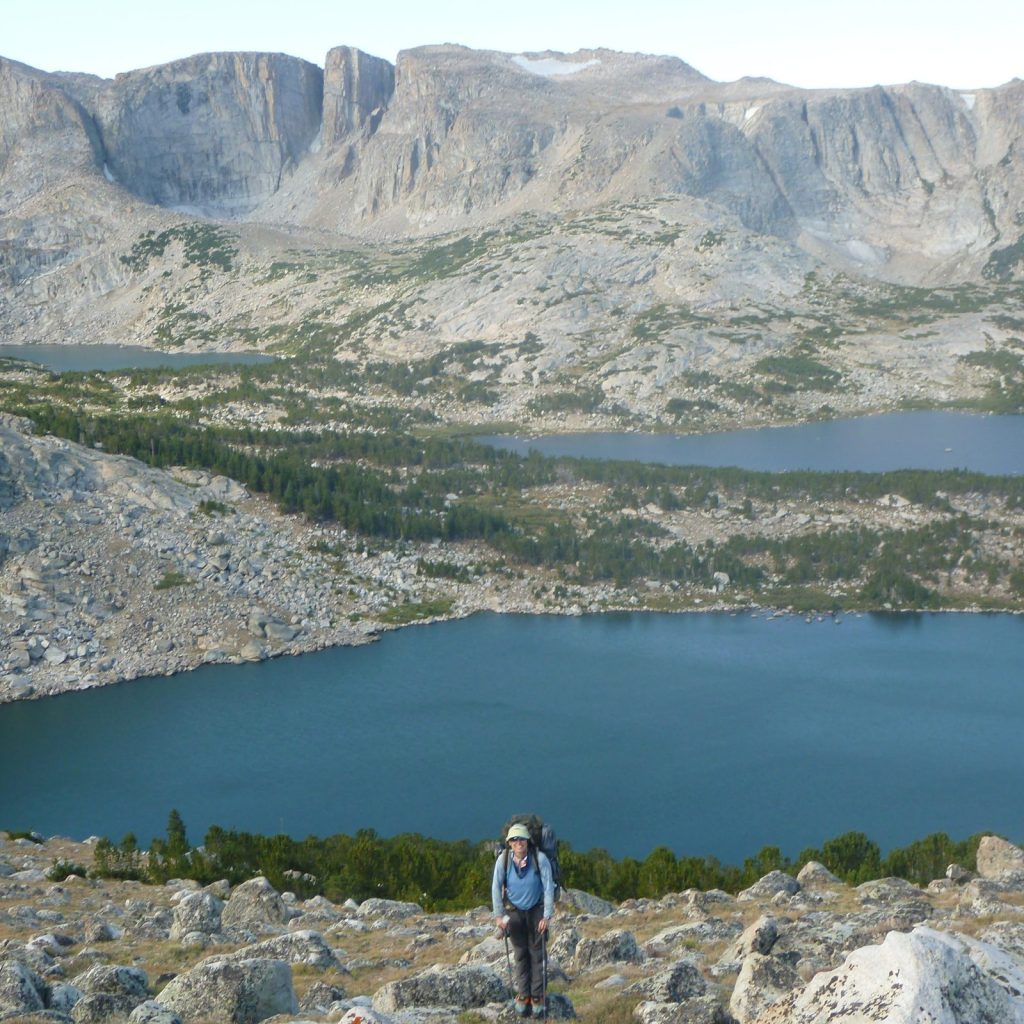
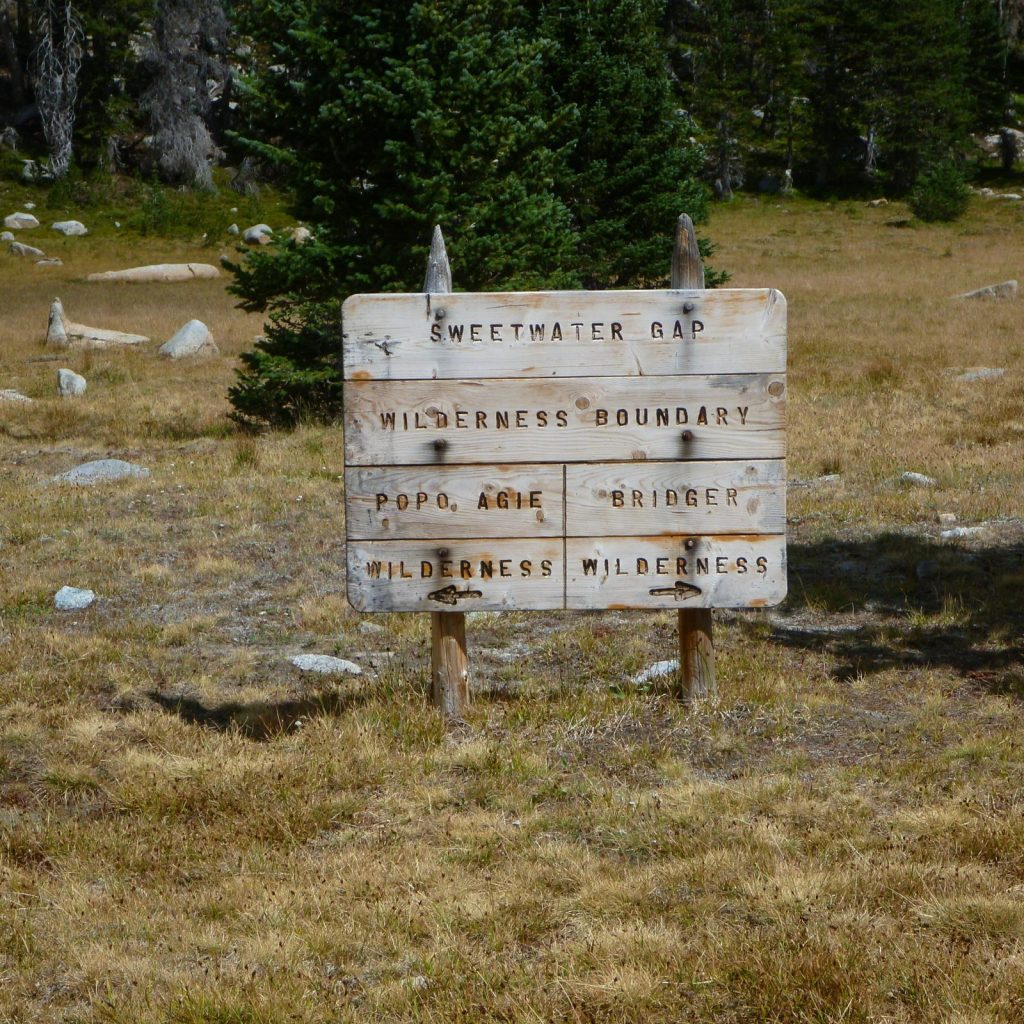
Casting a line in the Wiggins Fork
John Burrows, climate and energy policy director
When the temperatures start to climb, it’s time to escape the lowlands and head to the mountains. “I’ll head up to Double Cabin Campground on the Wiggins Fork in Shoshone National Forest to cool off in the July heat,” John says. “It’s a great place to cast a line and a good starting point to explore the Absarokas.”
Just north of Dubois, this section of Shoshone National Forest holds plenty of opportunities, whether you’re looking to fish, boat, day hike, or backpack deep into the Washakie Wilderness.
Did you know? The Shoshone National Forest has roots as the oldest federally protected forest in the country. Its precursor was the nation’s first “forest reserve,” the 1.2 million-acre Yellowstone Park Timberland Reserve, which was designated in 1891 — part of a much-needed effort to prevent the destruction of the West’s remaining forests.

Family adventures in Dubois Badlands WSA, Dunoir SMU, and the Snowy Range
Meghan Riley, wildlife program manager
For Meghan and her family, the central perk of living in Dubois is an abundance of options for adventures close to home. For late spring and early summer hikes and wildflowers, you can’t beat the Dubois Badlands WSA. Highlights, she says, include spotting mule deer and bighorn sheep and visiting cottonwood and juniper oases set against a backdrop of beautiful red cliffs. But what the heck is a WSA, anyway? “They’re areas that Congress decided might warrant wilderness protection, but they weren’t quite sure yet,” Meghan explains. “The idea is to gather more data and information before either designating it as wilderness, or releasing it.” Because WSA’s are managed as wilderness, they often have qualities similar to those of designated wilderness, such as non-motorized recreation and opportunities for solitude.
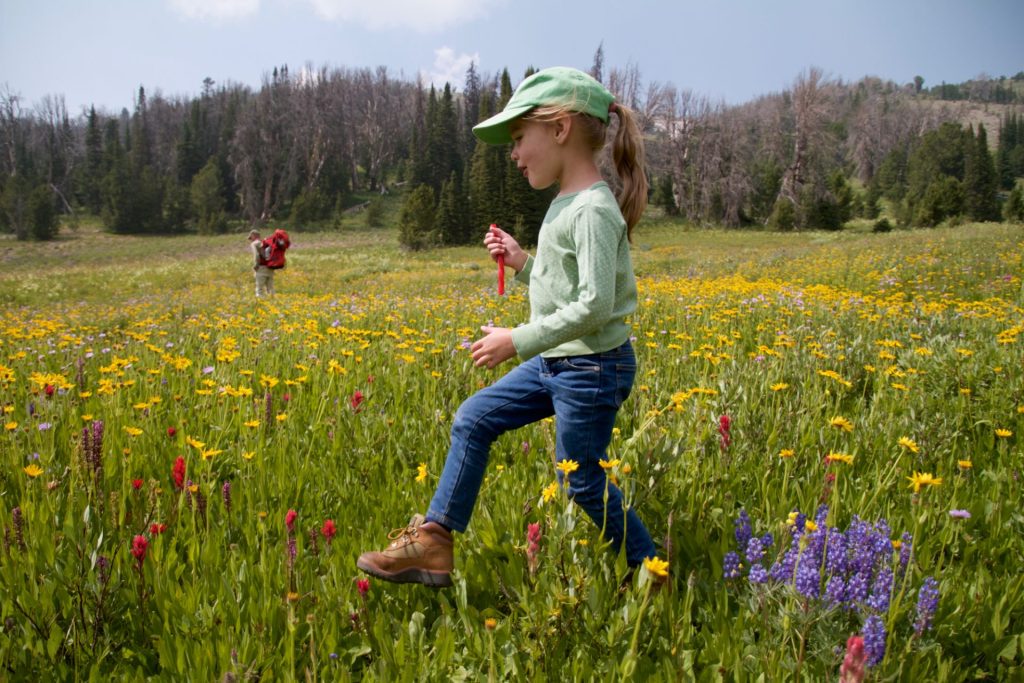
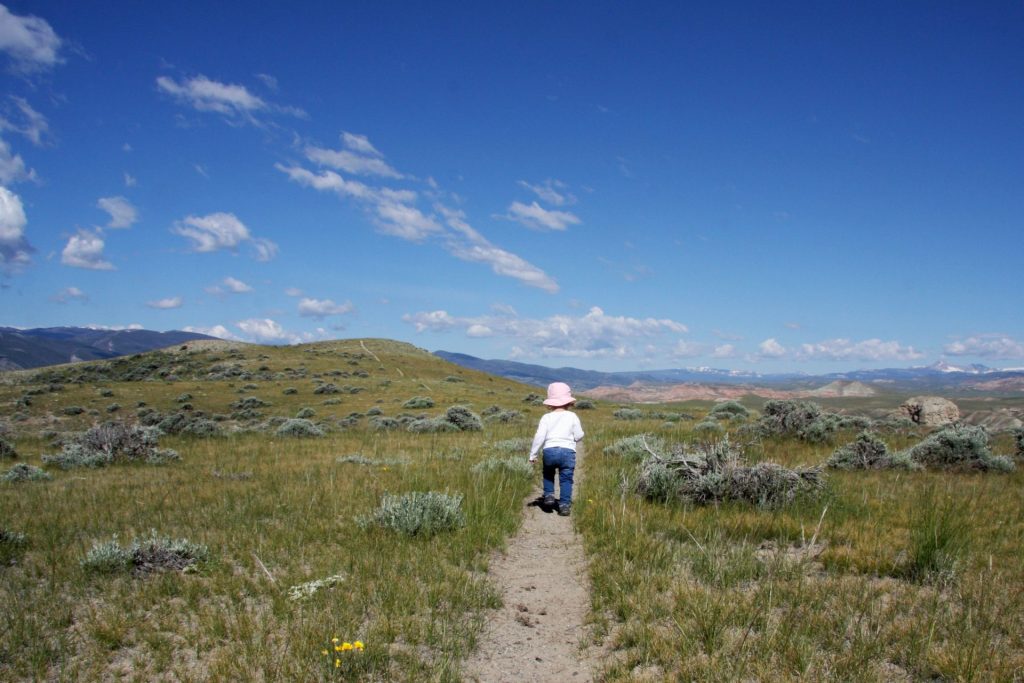
For another backyard destination in mid or late summer, Meghan takes her kids hiking and backpacking in the Dunoir Special Management Unit of Shoshone National Forest. This 28,000-acre wildland northwest of Dubois features accessible front country terrain, but still has some wilderness qualities. “We can hike just three miles up the trail and find ourselves in the most beautiful wildflower-filled meadows,” Meghans says.
Finally, if she wants to travel further afield, the Snowy Range is a favorite spot. As a graduate student in Laramie, the Snowies, located in Medicine Bow National Forest, provided a welcome respite from the summer’s heat: “With its easy access and abundant wildflowers, it’s a beautiful place to replenish your spirit when everything dries out down low.”
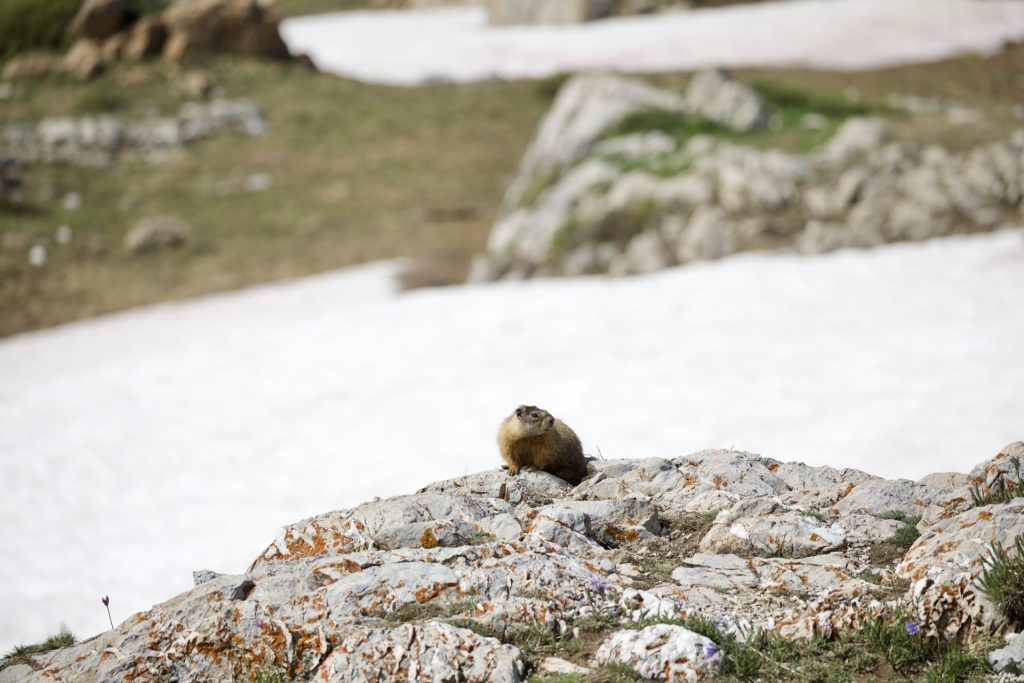
cool-water reprieves in Fremont Canyon and tongue river canyon
Carl Fisher, executive director
Carl’s first year on the job has seen him traveling to all corners of the state to meet with members and partners — and occasionally, he’s been able to sneak off with his fly rod to wet a line. The North Platte River’s Fremont Canyon, southwest of Casper, has been a frequent rest stop: With its spectacular granite walls, juniper-spotted hills, and, of course, clear, cold, trout-filled waters, the canyon offers excellent fishing with easy access.
Rather spend the day boating? The canyon is also popular with kayakers and canoers — and Alcova Reservoir is just downstream, too. Or, if you’re a rock climber, the canyon’s walls are dotted with hundreds of established climbing routes.
Another favorite of Carl’s is Tongue River Canyon in Bighorn National Forest, where the Tongue cascades through mountainous terrain dotted with pines and limestone spires. It’s a river he’s had the chance to fish with frequent travel partner Tyler Cessor, WOC’s development director — and the two are itching to get back!
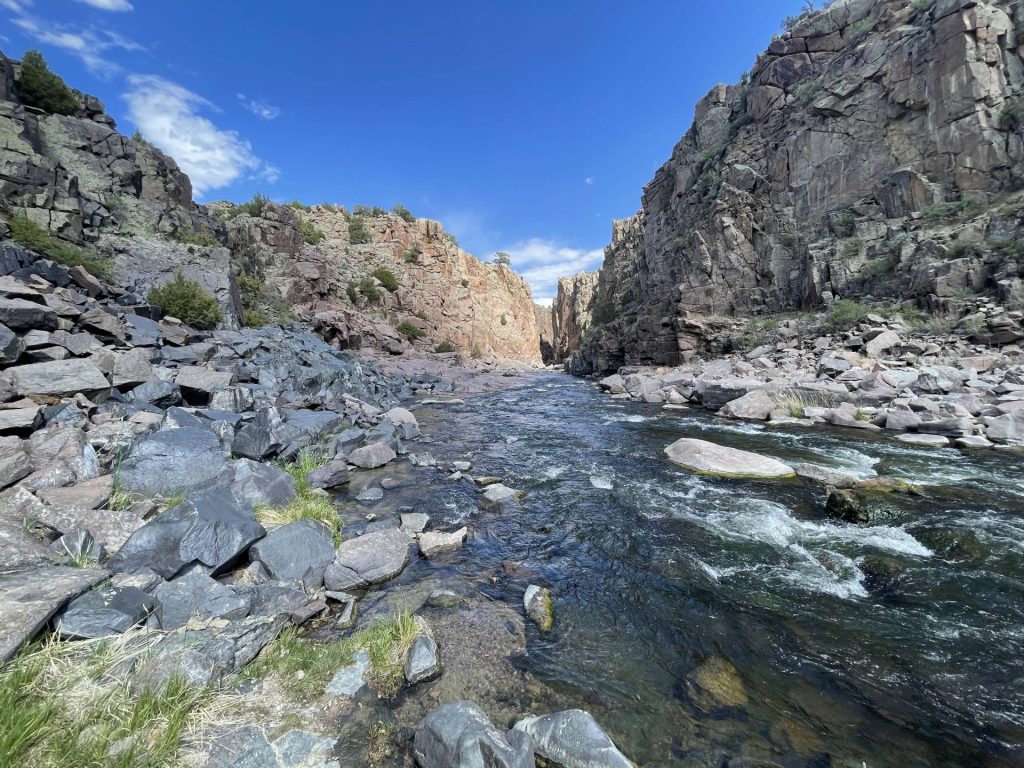
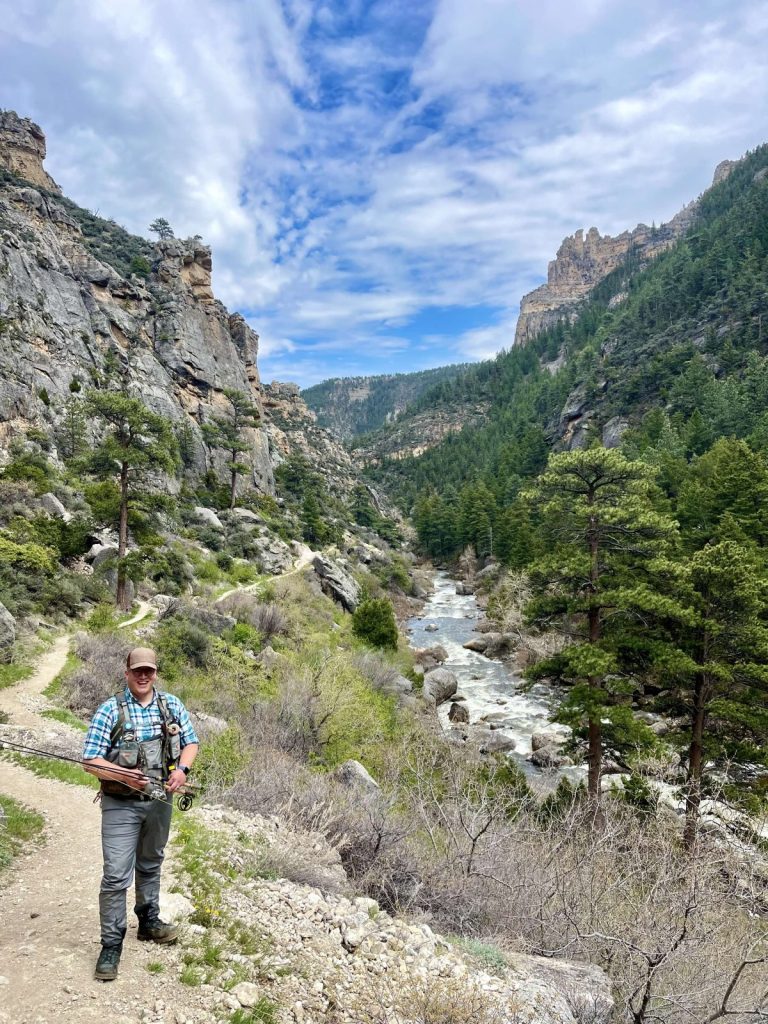
Scaling Tensleep Canyon’s walls
Max Owens, communications manager
The pocketed limestone walls of Tensleep Canyon hold a special place in Max’s heart. And it’s not just because of the world-class rock climbing: “The expansive views of the plains at the foot of the Bighorns feel classically Wyoming,” he says. “And hiking down from the cliff through fields of lupine and balsamroot, and knowing that I get to do it all again tomorrow, always feels perfect.”
Bighorn National Forest is full of nearby hiking and backpacking options, too — including the spectacular trail to the summit of Cloud Peak, the highest point in the Bighorns. Did you know? This year marks the 40th anniversary of the passage of the Wyoming Wilderness Act, which designated the Cloud Peak Wilderness along with several other Wyoming wildernesses.
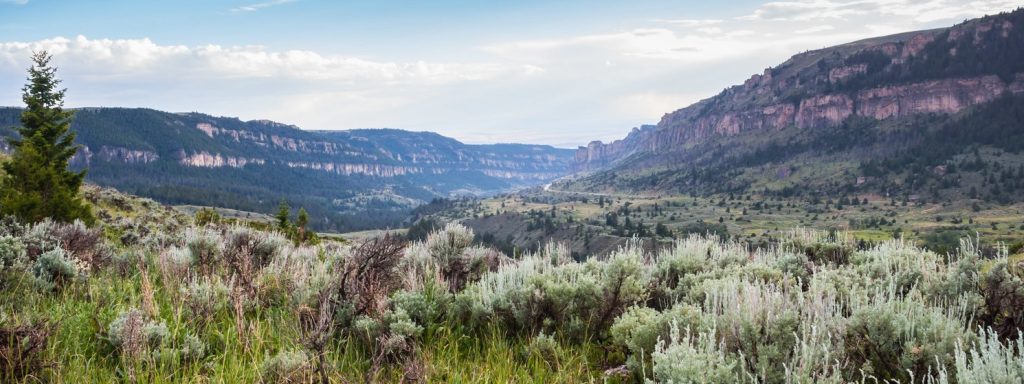
Where are you headed to enjoy Wyoming’s public lands this summer? What are some of your favorite Wyoming destinations and activities? Let us know in the comments!
Max
Owens
Communications Manager
Staff

